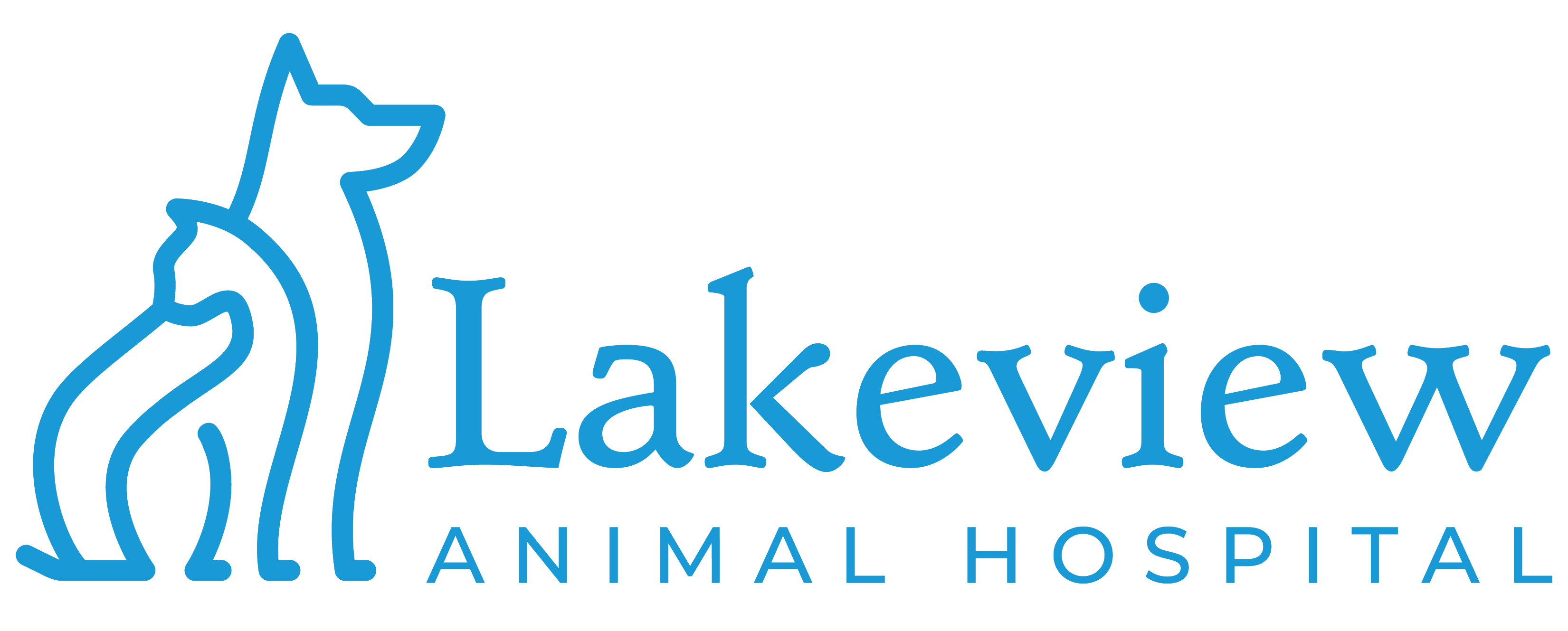Educational Articles
-
Cutaneous papillomatosis is the development of papillomas (non-cancerous growths, or warts) caused by the papillomavirus and affects many pet birds. Commonly affected species are finches, canaries, cockatiels, budgerigars, and African grey parrots. The clinical signs and treatment for this condition are explained in this handout.
-
Cuterebra are botflies that spend the larvae stage of their lifecycle within rodent or rabbit hosts and can accidentally infect dogs. They enter through the nose, mouth or a skin wound. They usually develop a cyst under the skin that can be located as it enlarges and often a breathing hole can be seen. The larva (warble) will leave the dog when it is ready to form a pupa but it will often leave behind a secondary bacterial skin infection or abscess in the empty cyst. Rarely, the larva/cuterebra migrate aberrantly through the dog causing inflammation and damage to different tissues, including the brain and eyes, and even potentially cause a severe systemic inflammatory response. Treatment depends on what damage has been done and can include removal of the warble, debridement or removal of the cyst, antibiotics and symptomatic and supportive treatment of the results of aberrant migration. Prognosis is generally good if only the skin is involved. Cuterebra infection can not be prevented easily, so monitoring the dog regularly for signs is important.
-
Cuterebra is the scientific name for the North American rabbit or rodent botfly. Cats are accidental hosts of Cuterebra larvae, and they are rarely evident from external skin inspection. A hole enlarges when the warble has matured, often leading to an infected empty cyst. Treatment depends on when the condition is discovered, and in many cases, antibiotics are used to treat secondary infections.
-
Cysts are hollow spaces within tissues that contain either a liquid or a solidified material. Some breeds have a tendency to develop certain types of cysts. Accurate diagnosis relies upon microscopic examination of a piece of tissue. The most common treatment for cysts is surgical removal. It is important to prevent your pet from rubbing, scratching, or otherwise bothering the cysts or the surgical site.
-
Cytauxzoonosis is an often-fatal disease caused by a tick-borne protozoan parasite, typically found in bobcats. It is more commonly seen in the southern United States but is spreading with tick migration. It can cause anorexia, lethargy, respiratory difficulty, anemia, and jaundice. Diagnostic testing, treatment options, and preventives are described in this handout. This disease is not transmissible to dogs or humans.
-
Cytology is a useful tool to often diagnose abnormal lumps on your pet's body as well as evaluation of fluid samples and tissue surfaces. It is relatively simple and inexpensive but can provide a lot of information. Depending on results, further tests may be indicated to best help your pet.
-
Cytology is the microscopic examination of cells that have been collected from the body. Lesions on the surface of the skin or from moist body cavities can be sampled very simply by scraping, swabbing, flushing, or making impressions of the tissue. The collected cells get looked at under a microscope and in many cases a diagnosis can be made to determine the best form of treatment.
-
Collecting tissue samples for cytology or histopathology allow a pathologist to often give a diagnosis of the type of mass or tumor your pet has. Samples can be obtained by fine needle aspirate or biopsy, where a piece of the mass is cut out. Based on what the mass appears like under the microscope, the pathologist can often give a prognosis of how the tumor will behave.
-
Cat food labels can certainly be confusing to interpret. In the United States, the Association of American Feed Control Officials (AAFCO) has developed model laws and regulations that states use for animal feeds. In Canada, pet food labeling guidelines are regulated by the Consumer Packaging and Labeling Act administered by Industry Canada. The Canadian government's Competition Bureau also has an extensive working group that upholds a voluntary code of conduct for the labeling and advertising of pet food. The most important information when comparing one dog food to another is the guaranteed analysis. Ingredient lists are somewhat useful when evaluating a particular cat food, but it is important to recognize the limitations. Talk to you veterinarian about the ingredient list and nutrient profile to help choose the diet that is right for your cat.
-
Dog food labels can certainly be confusing to interpret. In the United States, the Association of American Feed Control Officials (AAFCO) has developed model laws and regulations that states use for animal feeds. In Canada, pet food labeling guidelines are regulated by the Consumer Packaging and Labeling Act administered by Industry Canada. The Canadian government's Competition Bureau also has an extensive working group that upholds a voluntary code of conduct for the labeling and advertising of pet food. The most important information when comparing one dog food to another is the guaranteed analysis. Ingredient lists are somewhat useful when evaluating a particular dog food, but it is important to recognize the limitations. Talk to you veterinarian about the ingredient list and nutrient profile to help choose the diet that is right for your dog.

